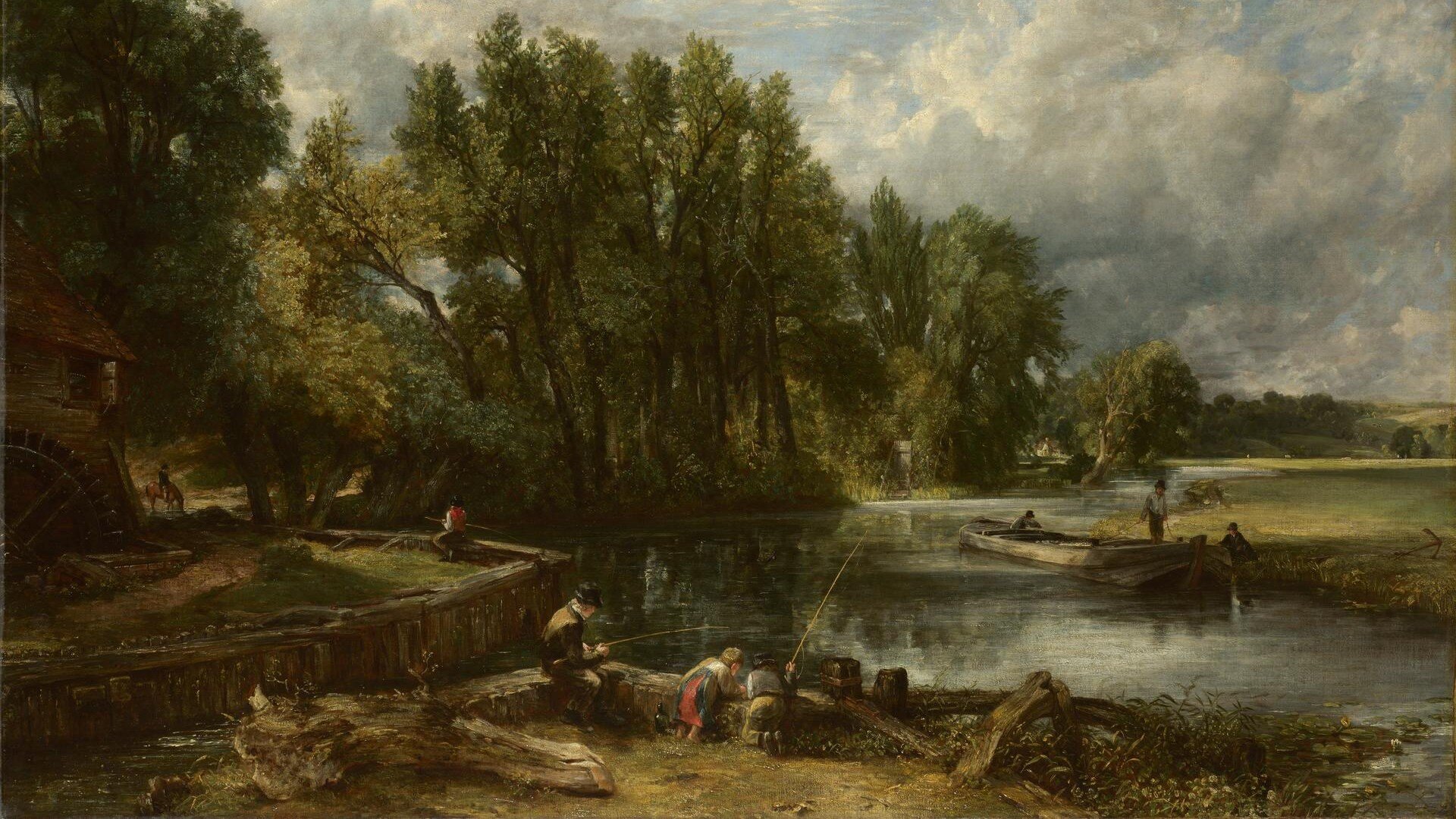Fishing
Cumberland Valley, Pennsylvania, where Whistlestop Bookshop is situated, is generously watered and drained by creeks renowned for their fishing. Conodoguinet Creek, which flows about 100 miles to the Susquehanna River and is nearest to Carlisle, is actually better known for the fishing in its two tributaries, Big Spring Creek out of the Newville area (only 5 miles) and Letort Spring Run, which arises south of Carlisle and flows north 9 miles to the Conodoguinet. The Yellow Breeches Creek, which flows along South Mountain for 56 miles to the Susquehanna, is internationally famous for its trout fishing.
Naturally, a trout-fishing and especially a fly-fishing culture has developed, sometimes thought to be mostly local, sometimes acknowledged to be of world interest — the world that loves the quiet and focus and solitary rewards of fly-fishing. Rarely, the local zen masters of fishing wrote books. Charlie Fox was once a customer of Whistlestop, and Joe Humphreys is still in print and in fact the subject of a documentary we carry. Fishing does inspire fine writing, after all — the names of Izaak Walton, Norman MacLean, Thomas McGuane, Patrick McManus, John Gierach suggest the range of approaches in writing about “standing in a river waving a stick,” to use Gierach’s famous descripton.
Dedicated to the memory of a great fisherman and an even better brother, Gordon Wood (1956-2020).
Illuminated by Water: Fly Fishing and the Allure of the Natural World
Illuminated by Water: Fly Fishing and the Allure of the Natural World
In its blending of nature writing and memoir—also touching on the connection of time, beauty, and memory—Illuminated by Water is an elegiac tribute to fly fishing and the natural world.
Illuminated by Water is a book about the author’s own decades-long passion for fly fishing and how it has shaped the way he sees and thinks about the natural world. That passion is shared and made legible here, not just for other anglers, but for those who have never yet cast a line in the water. Why is it that catching fish—or even thinking about catching fish—can be so thrilling, so captivating? Why is it that time spent beside water can be imprinted so sharply in the memory? Why is it that what seems a simple act of casting a line and hoping can feel so rich in mystery?
Alternating between regional and thematic chapters, Tallack considers ‘wildness’, its pursuit, and its meanings; the compulsive appeal of tying flies; the ethics of catching and killing; the allure of big fish; and beauty—where it’s sought and where it’s found. He describes fly fishing trips to America, Canada, Shetland, and England. Throughout the book, certain themes recur—environmental harm and healing; the relationship between fishing and time; hope and its manifestations; and the ways in which angling can deepen engagement with the natural world.

